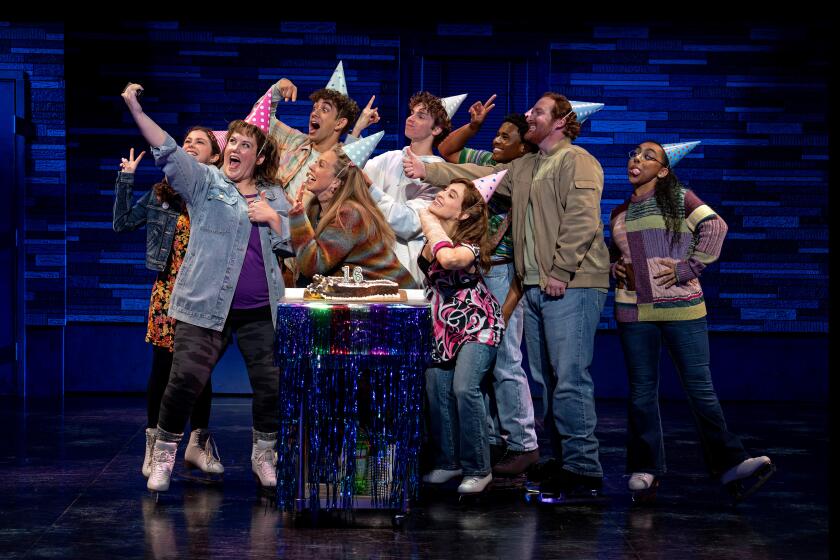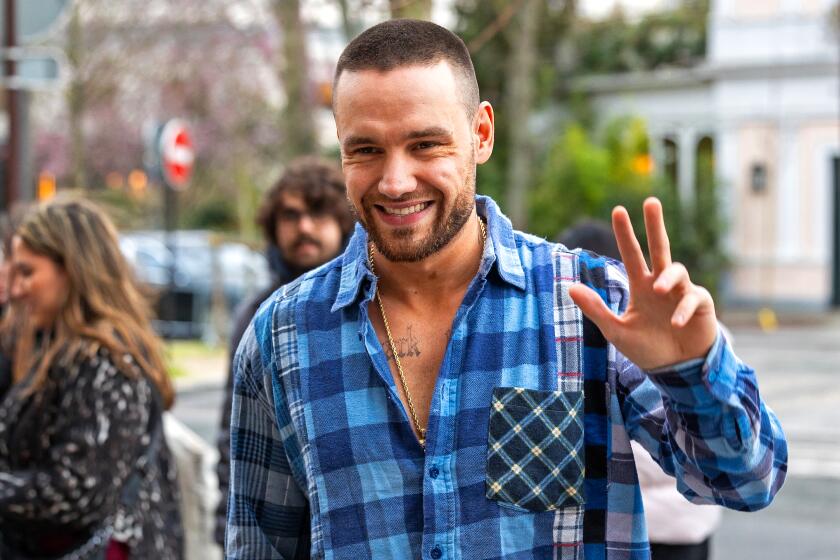On the trail of a medieval mystery
The woman sits in an enclosed garden with a child on her knee, her hand holding the little boy as he flips through a book resting on her opposite leg.
It’s a common image found in paintings from the Netherlands in the 15th century -- the Virgin Mary looking adoringly at the Christ Child as his eyes gaze heavenward.
But in a collection of four paintings on display at the Clark Art Institute through Jan. 2, the images of the Madonna and child are more than just similar -- they’re practically identical. Only their backgrounds seem to change, showing different tree-lined cityscapes in three of the paintings and a more rural setting in another.
In an exhibit that is likely to leave viewers with more questions than answers, the museum is letting the public in on a puzzle that’s baffled art historians, conservators and collectors for decades: Who painted these works?
Max Friedlander, a German art historian, took the last best-known stab at the question in 1926, when he reviewed copies of the paintings. He believed one person was responsible for all the works, but he stopped short of identifying a particular painter. Instead, he attributed the works to an artist he dubbed the Master of the Embroidered Foliage -- so named because of the way the background foliage was painted. Its intricacy reminded him of the repeated pattern of stitches in embroidery.
“Medieval Mystery: Who Is the Master of the Embroidered Foliage?” marks the first time the four paintings have been displayed together. One painting is owned by the Clark; the others are on loan from museums in France, Belgium and Minnesota. A fifth similar painting hangs in the National Gallery of Scotland.
Now, art experts armed with newfangled technology are coming up with theories that challenge Friedlander’s speculation. Chief among them -- the paintings were made by different artists.
“We still don’t know who did the paintings,” said Katie Price, curatorial assistant at the Clark. “When we started this project, we didn’t think we’d come up with a specific name. But it’s obvious to us that they’re not all by the same hand.”
Using X-ray and infrared technology, experts were able to examine the paintings’ underdrawings -- essentially the sketches that artists used as a blueprint to paint over. From what they can tell, the underdrawings were made by different people.
But the way these different artists were able to duplicate the images so precisely is still uncertain. The folds in Mary’s robes, for example, are made in the same places in each of the paintings. The tilt of her head toward her right shoulder is off by just the smallest bit when compared from painting to painting. And the way the child is cradled on her knee is practically indistinguishable from one work to the next.
The paintings appear to be modeled after Madonna and child images done by the Netherlandish artist Rogier van der Weyden, who died nearly two decades before these works were painted.
“They were not just influenced by Rogier,” said Michael Cassin, the Clark’s curator of education. “They must have had access to a template that he used.”
Whether that template was one of Rogier’s actual paintings or a sketch he used, the experts aren’t sure.
While Mary and her baby take center stage in the paintings, each offers different surroundings behind the figures. In two, peacocks have their tail feathers draped over a gate. Throughout the exhibit, displays prompt visitors to consider the paintings’ origins and their similarities. But it never gives a concrete answer as to who painted the images, or why.
“Without documents from any kind of transaction, we’ll never know,” Price said. “It’s frustrating, but it’s fascinating that we can open this up to so many theories and interpretations.”
More to Read
The biggest entertainment stories
Get our big stories about Hollywood, film, television, music, arts, culture and more right in your inbox as soon as they publish.
You may occasionally receive promotional content from the Los Angeles Times.










